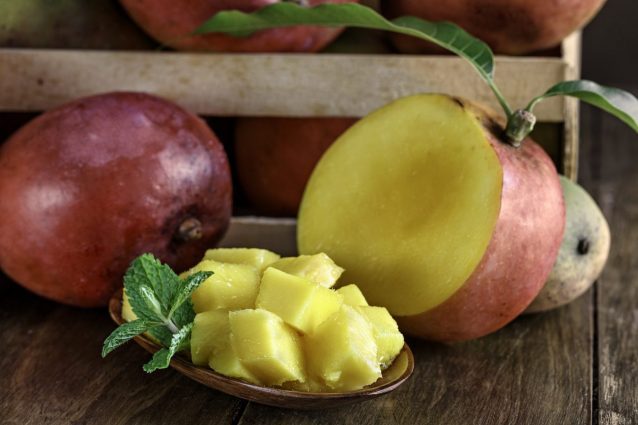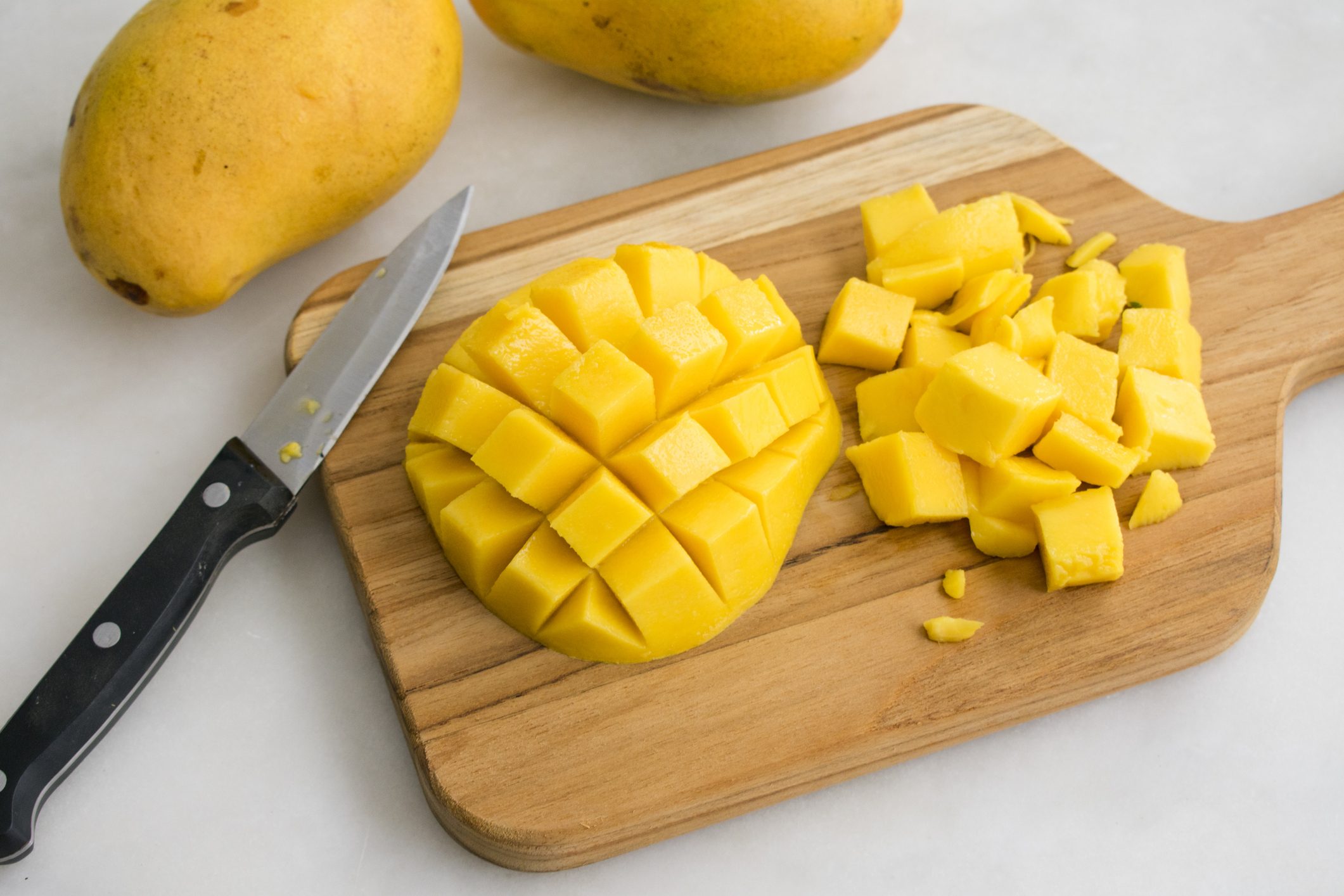How to eat mango: choose it, clean it and cut it in the right way
Exotic fruit that you can always find in the supermarkets, mango is a real explosion of flavors and aromas, a concentrate of benefits and a very versatile ingredient for your recipes. So have you bought a nice ripe mango but you don't know where to start? Follow our simple tips and enjoy it in some delicious recipes.
;)
Exotic fruit that you can always find in the supermarkets, mango is a real explosion of flavors and aromas, a concentrate of benefits and a very versatile ingredient for your recipes. So have you bought a nice ripe mango but you don't know where to start? Follow our simple tips and enjoy it in some delicious recipes.
Increasingly known and appreciated for our recipes, mango is a fresh and thirst-quenching exotic fruit, characterized by its yellow flesh and sweetish taste. Ancient Indian origins tell us about a fruit rich in beneficial properties, with a satiating and fat burning effect that makes it an excellent ally for our health. Cleaning it is not among the simplest operations but with some tips nothing is impossible in the kitchen; paying attention to some precautions you can taste mango in more or less elaborate recipes. So let’s see how to choose mango, clean it and make the best use of it.
Where does the mango come from
Mango is a tropical fruit of Indian origin, belonging to the botanical family Anacardiacee, rich in vitamins and mineral salts. It has a smooth red skin with green streaks, its intense yellow flesh is characterized by a sweet taste, in some cases slightly acidic based on quality.

How to clean and cut mango
The first step is to recognize the mango and consume it only if it is ripe; a bit just like avocado, it is possible to recognize a ripe mango if, touching it with your fingers, you can feel it is quite soft without too much difficulty. If instead it is too hard, keep your mango in the refrigerator for a few days until it will have reached the right consistency.
Let's move on to cleaning which is, apparently, a simple procedure; the mango stone is in fact well attached to the pulp and, in order not to lose part of the fruit, it is important to pay attention and follow these simple tips:
Clean the mango under cold water and pat it dry with a paper towel;
Place the mango on a cutting board and cut it lengthwise with a sharp knife;
Opening the mango you will find the stone attached to the pulp in one of the two halves; detach the stone with the tip of the knife;
At this point, cut the pulp in oblique way taking care not to touch the skin;
Press lightly on the outside with your hands so as to "swell" and turn the pulp inside out; in this way you can remove the cubed mango pulp without damaging it.

How to use mango for your recipes
You have chosen and cleaned it, now you can finally enjoy your mango; like all fruits, it can be eaten raw, alone or in a fresh fruit salad, but its sweet and very particular taste makes it very versatile also in more elaborate recipes. If you want to experience a fresh and summer appetizer, you can use mango to enrich a tomato-based gazpacho, perhaps to be spread on a slice of toasted bread.

Mango also goes very well with fish, excellent as a sweet and sour side dish to accompany prawns and seafood. If, on the other hand, pastry is your comfort zone in the kitchen, you will be spoiled for choice; you can accompany mango with a fresh tiramisu to cheer your friends on hot summer evenings, with a delicious cheesecake or a tasty panna cotta in the glass.
;Resize,width=767;)
;Resize,width=712;)

;Resize,width=712;)
